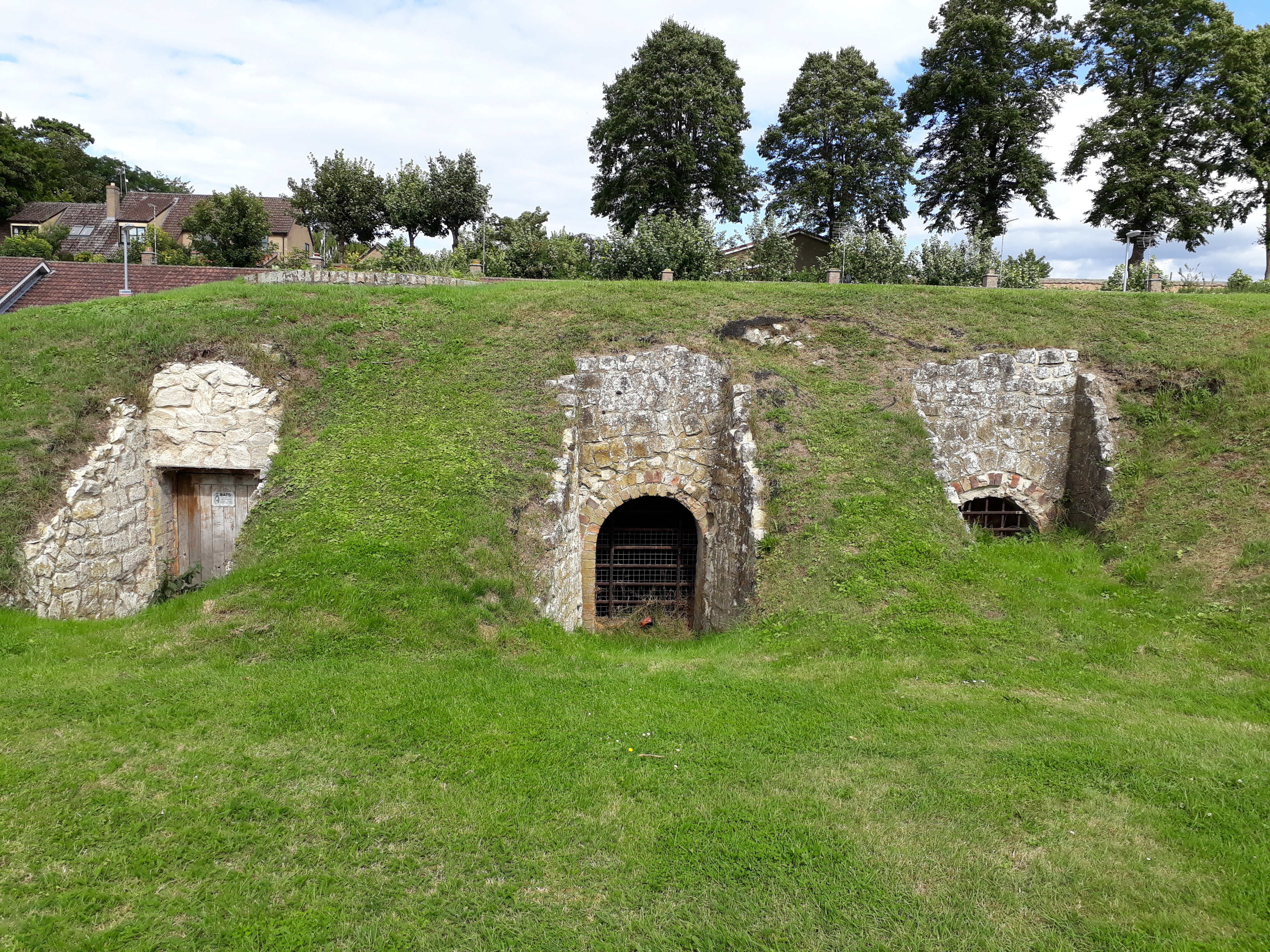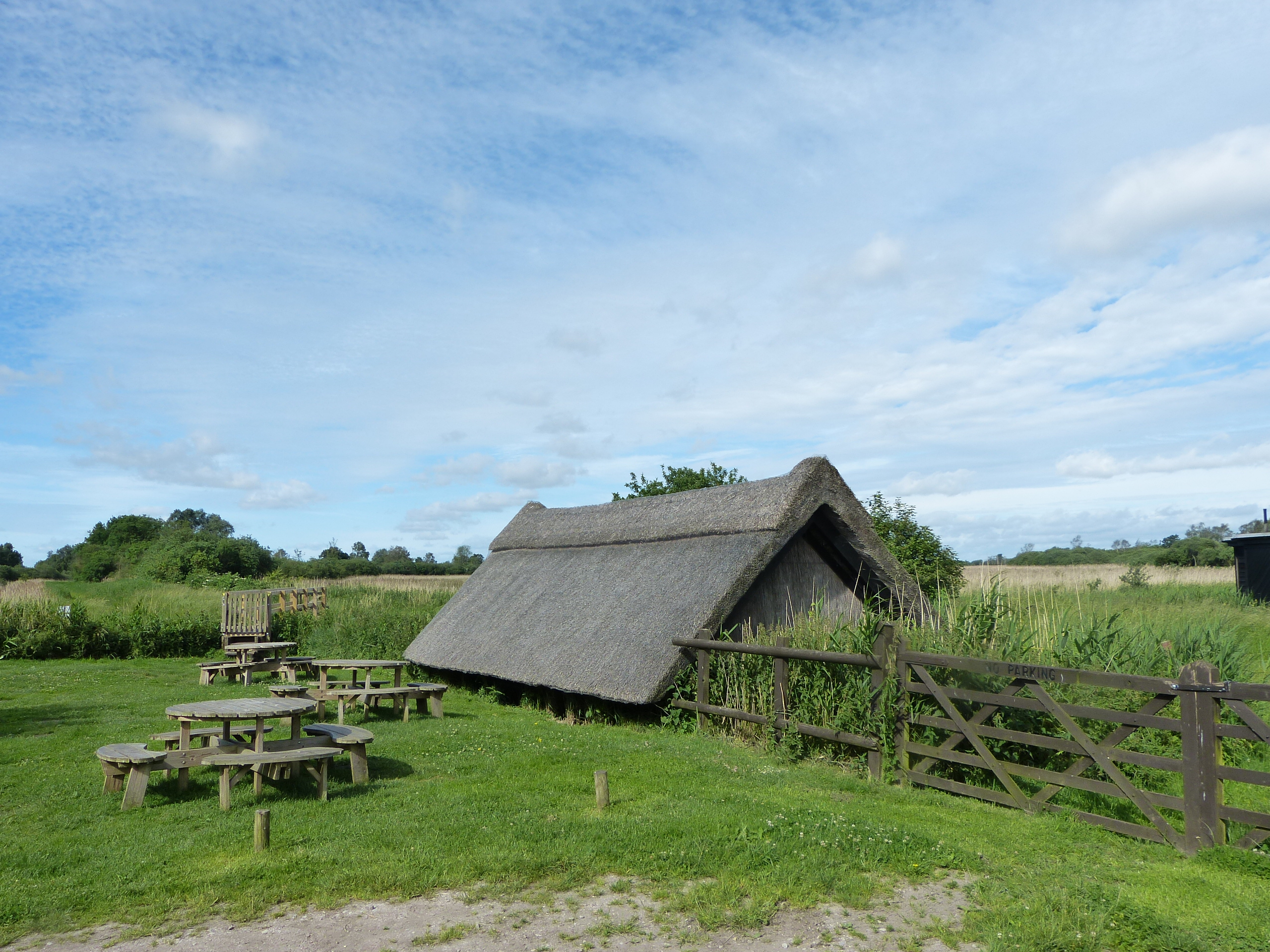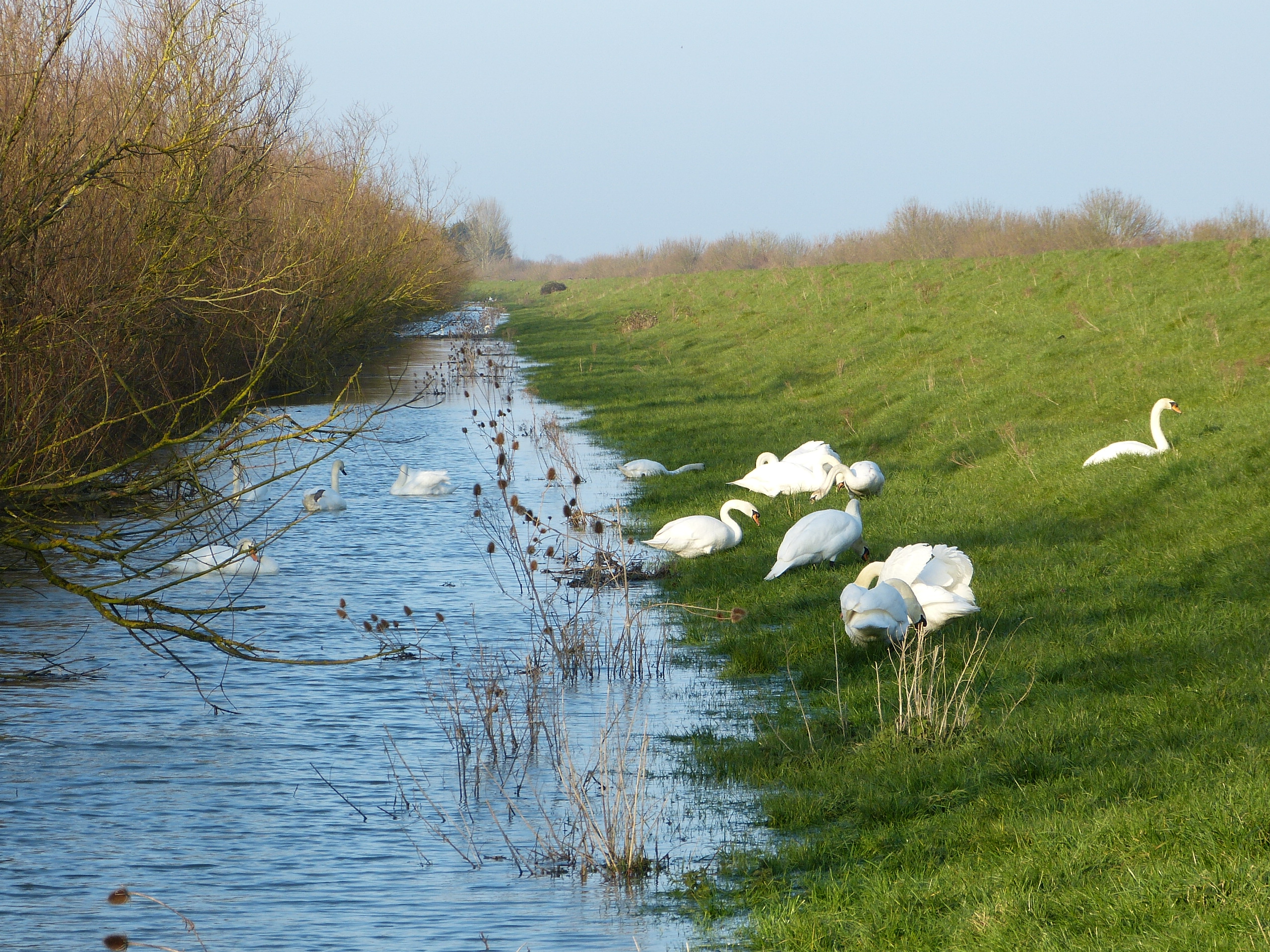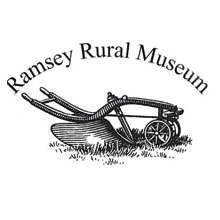A journey across a landscape and time
News 2025: 5 new Walk Guides due soon
The following five new Walk Guides will be published soon.
3 Peterborough to Stanground
28 Burwell to Wicken via Upware
29 Wicken to Soham
31 Fordham to Isleham
37 Wilburton to Stretham with add on to Stretham Old Engine
Others will follow later in 2025 including:
18 Landbeach to Waterbeach
30 Soham to Fordham
Work is also progressing on:
5 Yaxley to Holme
6 Holme to Sawtry
14 Needingworth to St Ives
16 Swavesey to Willingham
17 Willingham to Cottenham
19 Waterbeach to Milton via Horningsea
38 Stretham to Ely via Little Thetford
43/44 Whittlesey




Find a Fen Edge Trail walk
See the Walks page for a list of all the Fen Edge Trail walks and download the Walk Guides that are already published.

Explore the Landscape Heritage
of the Cambridgeshire Fens
on a series of walks around the Fen Edge
The Fen Edge Trail takes you from the Lincolnshire border in the northwest of the county to the Suffolk border in the southeast, roughly following the ‘edge’ of the Fens (including the islands) where the land rises to 5 metres above sea level (the 5 m contour). We are gradually publishing a series of Walk Guides that take you on easy walks with an average distance of about 5 miles each, although some can be done in shorter sections or you can combine them to make a longer walk. The Walk Guides not only provide a map and directions but also describe the landscape, geology, history and wildlife along the route. Even if you do not wish to walk very far, you can read the Guides to find information on places of interest that can be visited in each area and the relevant webpage has links to organisations and sites that will help you discover more. The links between geology, ecology, history and present day life in the Fens reveal themselves and the more you look, the more you discover and the more fascinating it becomes!
Landscape Heritage
of the Cambridgeshire Fens
The Cambridgeshire landscape has a unique and fascinating history, from floods and glaciers to deep seas, tropical lagoons and even volcanoes! The Fen Edge is where low-lying fenland meets the surrounding ‘highland’, roughly where the land lies 5 metres above current sea level. This is thought to be the approximate maximum extent of the once extensive wetland. Sea level has, however, changed greatly at various times and the amount of freshwater flooding, from rivers and meres, has changed even more frequently, often not only from season to season but from year to year. Although the draining of the Fens is well-known, the story of how and when this happened is far more complex than is generally thought. The Fen Edge, including the many fen islands, provided drier land that was often a refuge from the marshes and it is, therefore, here where much of the history of the fens can be discovered by looking at the clues that remain.
As well as a rich cultural history, the Fens also have a fascinating, and often dramatic, landscape heritage, which is far less well-known but that continues, even today, to affect the lives of its inhabitants. From volcanoes to ‘ice ages’, and salt marshes to raised bogs, from Jurassic sea ‘monsters‘ to mammoths, and hippos to bog ‘oaks’, the complex story of how the fens were formed and what and who lived here, can be discovered by exploring the Fen Edge.
Partnership
The Fen Edge Trail is an initiative set up by the Cambridgeshire Geological Society as part of our Geosites work. Our partners in developing the Trail are several local organisations who are each exploring their local landscape to contribute to the project. we have wrked with a number of other local organisations on various walks. These include Fenlandia, the Great Fen, the Great Fen Heritage Group, Huntingdon and Peterborough Local Groups of the Wildlife Trust (Beds, Cambs and Northants), Warboys Archaeology Group, the Word Garden, the RSPB (Ouse Fen and Fen Drayton), Chatteris Museum, Discover Ramsey, Burwell Museum, Thorney Heritage Museum, Holme History, the Isleham Society and Wicken Fen (National Trust).
If you or your group would like to get involved in the Fen Edge Trail, please contact us. You may like to contribute information on local history, landscape, farming, wildlife or culture or you could help with designing one of the walks.
Guided Walks
We occasionally organise guided walks on the Trail.
Join us for guided landscape heritage walks to discover the link between geology and local culture. All trips require booking. Places are limited on each trip. Everyone is welcome. Children (under 18) are welcome on all trips but must be accompanied by an adult. None of the walking is strenuous. Unfortunately, most walks are not wheelchair accessible – please check with us.
Each walk is a good introduction to the geology of the Cambridgeshire Fens, telling the story of tidal marshes in the Bronze Age, ancient river beds (roddons) and River Terrace Gravels of the Nene, Ouse and Cam. The journey takes you from the Jurassic and Cretaceous seas that covered this part of the planet many millions of years ago through the latest (Pleistocene) ‘Ice age’ and into the current warm period of the ‘Holocene‘. The walks also describe how local history has been affected by the landscape and how today’s villages, towns and cities are still closely linked to the origins of their location.
Ask to be put on our mailing list to receive notifications of when the guided walks take place. Contact us.
A ‘flyover’ of the geology of the Isle of Ely
For a fascinating ‘flyover’ of the geology of the Fens, see this virtual tour around the Isle of Ely (using GeoVisionary software) produced by Cranfield University for us. Read more about the Landscape and Geology of the Fens here.
The Sea in the Fens – the salt marshes and tidal creeks (roddons)
As part of Celebrate the Fens Day 2020, we published a new webpage of information on how the sea has left its mark on the the Fens in the form of roddons – ghost-like patterns of fossilised water channels that appear in many fenland fields. We would welcome any photos you have of apparent roddons, especially if they can also be seen in aerial photographs (such as on Google Earth). More here


If you would like to get involved in the project or receive our emailed updates and news, please contact us.
© Cambridgeshire Geological Society



































